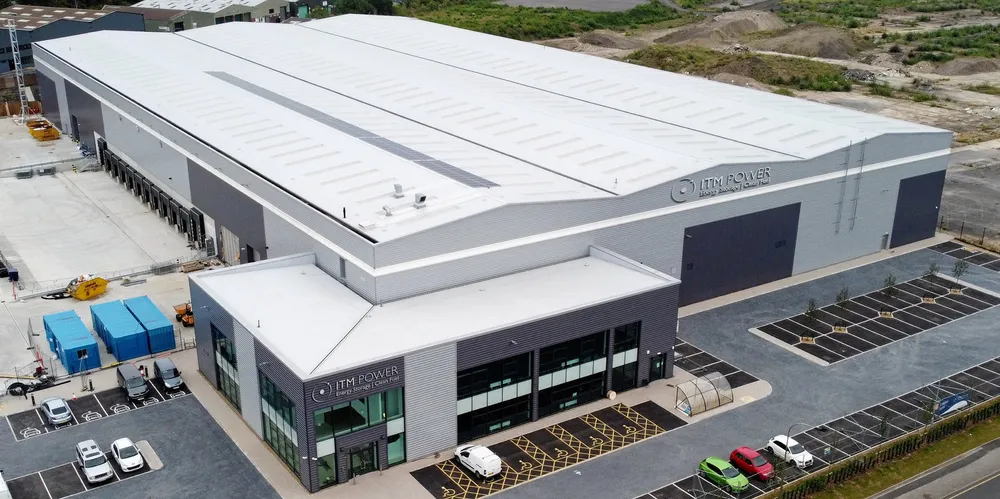Green hydrogen: ITM Power’s new gigafactory will cut costs of electrolysers by almost 40%
Leading electrolyser manufacturer has already raised enough cash to build a second factory of up to 2GW, chief executive Graham Cooley tells Leigh Collins

Leading electrolyser manufacturer has already raised enough cash to build a second factory of up to 2GW, chief executive Graham Cooley tells Leigh Collins
